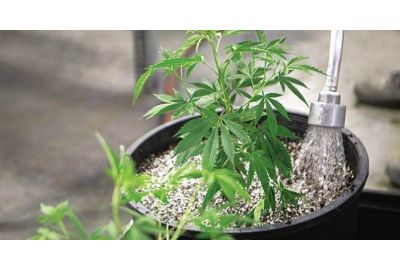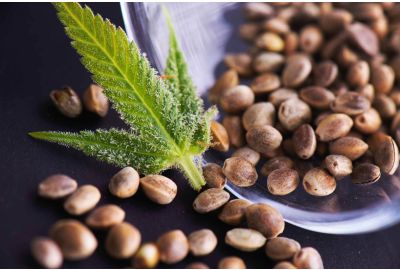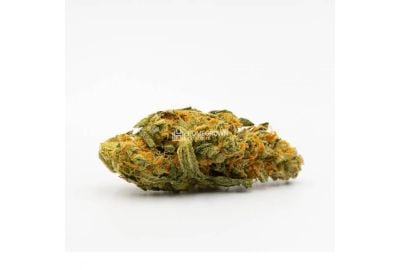Complete Guide To Autoflower Vs. Photoperiod Cannabis
Today we talk about two types of marijuana plants, each with unique traits that help growers achieve their cultivation goals. Let’s explore the differences between autoflower vs. photoperiod cannabis strains, their pros and cons, and how they benefit you.
This review will help you decide which of the two cultivars suits your purpose, so you can select the right type of seeds to grow.
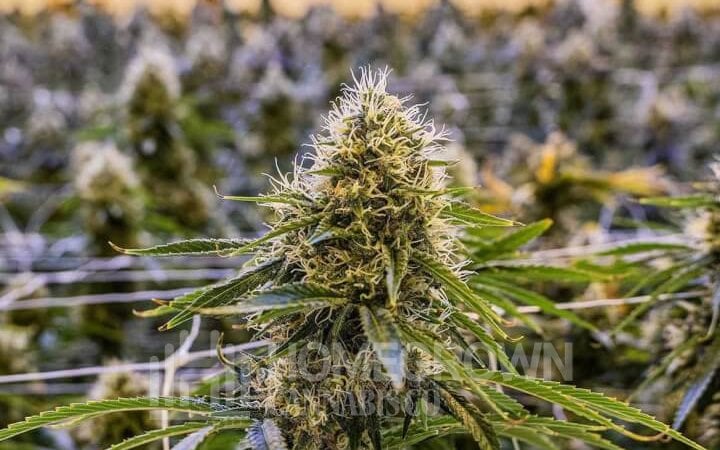
What is an autoflower?
What is an autoflower? It’s a cannabis plant that begins to flower when it reaches maturity and doesn’t depend on changes in light cycles.
Breeders create this unique cultivar by crossing indica and sativa strains with a third marijuana subspecies, ruderalis. Also known as Rudy, it originates from the colder regions of Central/Eastern Europe, particularly Siberia and Asia.
Autoflower cannabis strains inherit their unique genetics from the ruderalis trait of blooming automatically to adapt to the extreme climate changes in the region.
What is a photoperiod?
You know about autoflowers, but what is a photoperiod? The term comes from ‘photo,’ meaning light, and ‘period,’ which refers to time/cycle. It describes all plants, including cannabis, which rely on light and darkness spells to let them know when it’s time to flower.
Although the ‘light cycle for weed’ describes the stimulus for plants to transition into the blooming phase, it’s the absence of illumination that signals photoperiod cannabis to blossom. These strains need at least 18 hours of light per day during the vegetation stage. They remain in this phase until you give them 12 hours of darkness.
Photoperiod cannabis plants usually take at least four months from seed to harvest. When the seasons shift from summer to fall, the days get shorter, and marijuana plants begin producing buds for an early harvest before it gets cold.
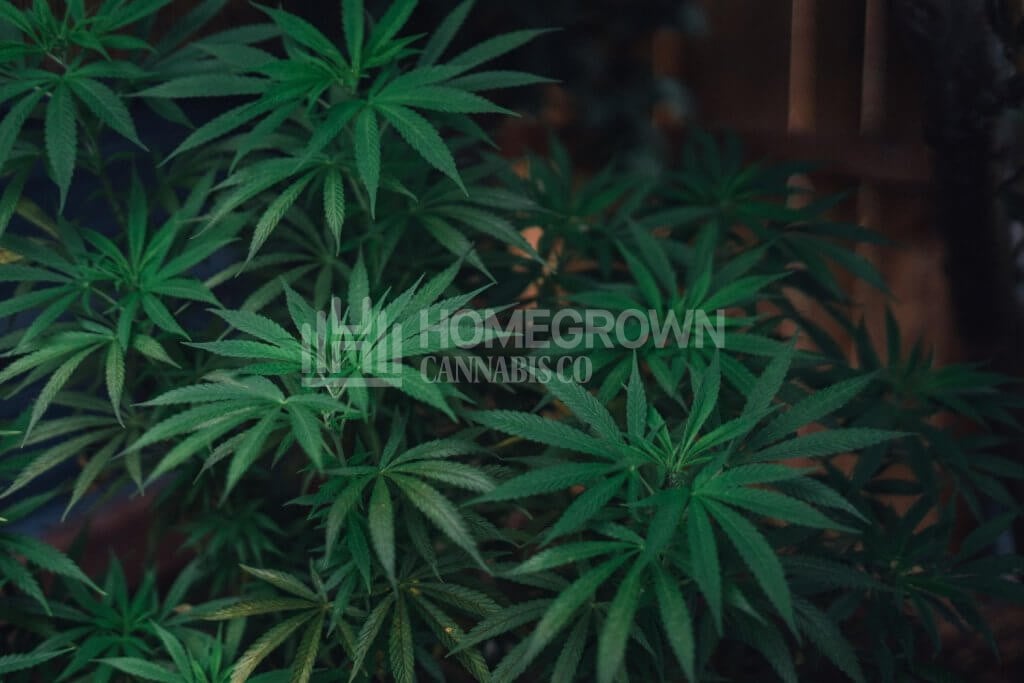
Autoflower vs. photoperiod: main differences
Here are several differences between autoflower vs. photoperiod strains in the following categories:
Growing
Cultivating autoflower cannabis is simple if you have experience. As long as you give it the nutrition it needs, nature takes over once you germinate and plant the seedlings. Generally, it takes about five weeks before flowering begins. You collect the delicious buds when they’re ready.
Although photoperiod cannabis relies on light cycles to trigger its flowering phase, you can use this phenomenon to your advantage, especially if you cultivate indoors. Maintain an 18/6 schedule, and your plant will remain in the growth period.
Keep it in the vegetation stage until you decide it’s grown enough to produce huge buds. Then give it 12 hours of darkness to indicate it’s time to flower.
Yield
Generally, photoperiod cannabis cultivars produce bigger yields than the autoflower strains due to the latter’s shorter vegetative phase. Since it’s possible to manipulate the former’s light cycle and extend their vegetation period, they can grow bigger and produce dense buds. Most photoperiod plants offer 21–25 oz./m2 of nugs indoors.
Autoflower cannabis strains normally offer smaller yields because you can’t control how long they develop before they bloom. The average autoflower yield indoors is about 16–20 oz./m2. As they need plenty of light to grow, it’s possible to increase the bud production by implementing a 20/4 or 18/6 cycle.
Cultivators can also reap more yields from autoflower cannabis strains because their harvest time is shorter. Producing multiple harvests a year can bring its total bud collection to exceed those from photoperiods.
Difficulty
Their ruderalis genes make autoflower cannabis strains very robust and resilient. Despite this strong trait, their short life cycle makes it challenging for new cultivators because they don’t have time to recover from rookie errors.
If you have growing experience, their strong resistance to mold, mildew, and disease makes them a better choice than photoperiod cultivars. As autoflower cannabis strains handle stress better than photoperiods, they require little attention besides needing the right amount of nutrition.
With photoperiod cannabis, you need to manage the growing environment to protect it against pests and pathogens. It’s also necessary to monitor and control its light cycle. A major challenge for growers is preventing light leaks, which can cause stress and turn the plant into a hermaphrodite.
Potency
There was a huge difference between the THC level of autoflower vs. photoperiod strains when breeders released Lowryder, the first autoflower. Since then, they’ve made it possible for both cultivars to offer almost the same potency.
Photoperiods can have a THC content as high as 30%, while autoflower potency seldom exceeds 20%. The lower psychoactive compound level is because the ruderalis cultivar isn’t potent. When you cross-breed it with sativa or indica strains, the result is an autoflower with less THC.
Size
Photoperiod cannabis plants are naturally bigger as they have a longer vegetation period. Indoors, they can reach a height of 5–6 feet. They grow as tall as 9–10 feet outside. Their size requires cultivators to use training techniques to keep them manageable, especially indoors, where grow lights reduce the available vertical space.
How big do autoflower plants get? Genetically, the strains are smaller. Indoor plants grow up to 2–3 feet, while outdoors autoflowers can be five feet tall. They’re perfect for cultivators with small rooms and those who need to keep their crops hidden from sight.
Flowering time
How long do autoflowers flower for? Cultivators favor the strain because of their fast growth. You see results in a shorter time than with photoperiods.
While most autoflowers go from seed to harvest in three months, photoperiod cannabis strains take at least four months. The former transition into the flowering stage when they turn 4–5 weeks old. Growers leave the latter in the vegetation phase for at least eight weeks before changing the light schedule to stimulate them to flower.

Training methods
Autoflower and photoperiod cannabis plants benefit from training techniques that improve their yield. Low-stress training (LST) is ideal for the former as more light enters the canopy, which leads to top-heavy bud sites. Check our report on LST for autoflower plants to learn more.
Don’t apply high-stress training techniques for autoflower cannabis crops because their life cycle is too short for them to recover from the stress. The Sea of Green (SOG) technique is perfect as it groups the small plants under a single lamp, maximizing light and space efficiency.
Cloning
Another way of cultivating marijuana besides germinating seeds is cloning. Breeders use a part of a mother plant to create another. This process works best for photoperiod cannabis plants because you can duplicate them many times.
Cloning autoflowers doesn’t offer any benefit because you get a crop the same age as the mother, which will start budding almost immediately. Without going through a long vegetative phase, you end up with a small plant that gives you barely any yield.
Continuous harvests
Autoflower cannabis plants have a shorter growth cycle and don’t depend on light schedules to shift into producing flowers. This phenomenon allows cultivators to grow them all year round and enjoy multiple yields. It’s possible to start growing a new batch of seedlings in the same space as the earlier crops, which are nearing harvest time.
Perpetual harvesting is more difficult with photoperiod cannabis because the light cycles for their vegetative and flowering stages differ. You need to grow them in separate rooms to have two separate schedules running simultaneously.
Cultivation costs
Autoflower cannabis strains incur lower expenditure because of their shorter growth period and non-reliance on lighting. You save on energy costs compared with cultivating photoperiods.
Autos also don’t need much fertilizer—they thrive in less nutrient-rich soil. It would benefit them to have more nutrition, but it’s not essential.
Pros and cons of autoflowering seeds
The following are the pros and cons of autoflowering seeds to consider:
Advantages
- Timing isn’t essential. You can grow autoflower strains any time during the year.
- Cultivation is easy for experienced growers because they develop without human interference after planting the seeds.
- Auto crops have a fast growth cycle. It takes about two months from seed to harvest.
- The plants are small, making them perfect for growers with a limited grow space.
- The strains are hardy and resistant to mold, mildew, and disease.
- Due to the short growth cycle, it’s possible to have multiple harvests per year.
Disadvantages
- Autoflower cannabis can’t cope with environmental stress. It doesn’t have time to recover.
- The short vegetative stage leads to lower yields than photoperiods because plants don’t have time to develop large buds.
- Autoflower cannabis generally contains lower THC, but newer strains have higher levels of the cannabinoid.
- High-stress training techniques aren’t suitable because of the short recovery period before flowering.
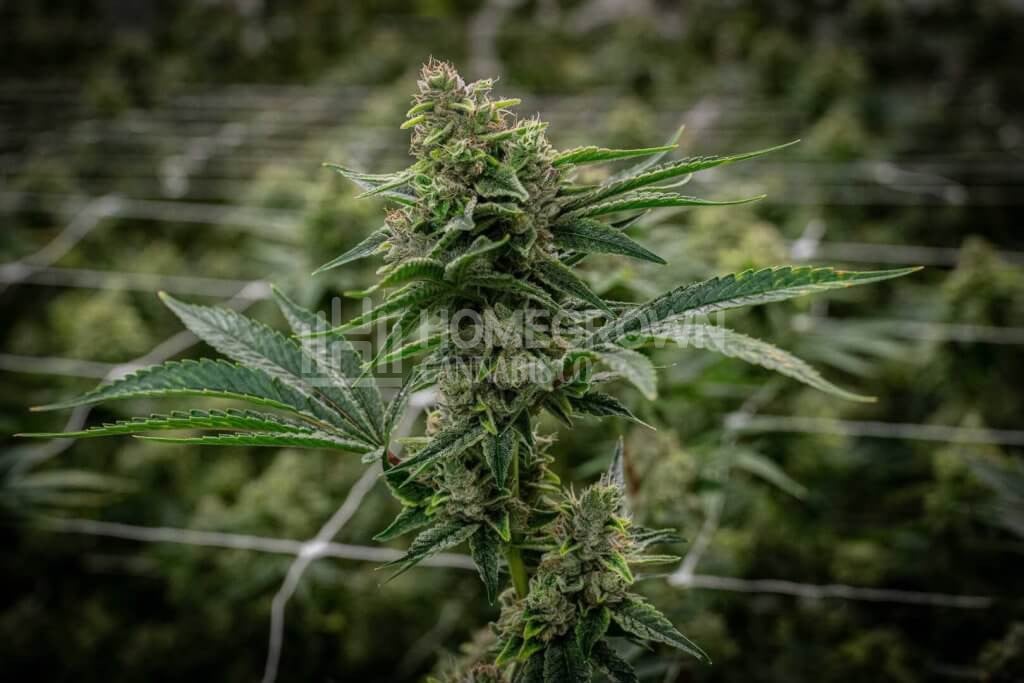
Pros and cons of photoperiod seeds
Here’s a summary of the advantages and disadvantages of photoperiod cannabis seeds:
Pros
- Due to a longer vegetation phase, the yields are bigger.
- Photos are very potent, having THC levels as high as 30%.
- There’s a wider strain selection because many breeders prefer photoperiod cannabis.
- These plants are better for cloning because the new ones have time to develop.
Cons
- Crops have a long growth period of at least four months.
- It’s critical to plant at the right time to ensure your plants get enough sun during summer.
- Growers require knowledge such as training techniques and light cycles.
- Giving plants sufficient light during the long vegetative phase means high energy costs.
Which is better to grow outdoors: autoflowers or photoperiod strains?
How much sunlight does a weed cannabis plant need? Between autoflower vs. photoperiod strains, the latter needs lots of light when vegetating. You must plant in late spring to give your crops enough sunshine in summer to produce large amounts of buds.
While there isn’t a specific autoflower light schedule, and you can grow them any time during the year, outdoor yields are typically low. Photoperiod cannabis strains are better for growers who want a jumbo harvest outside.
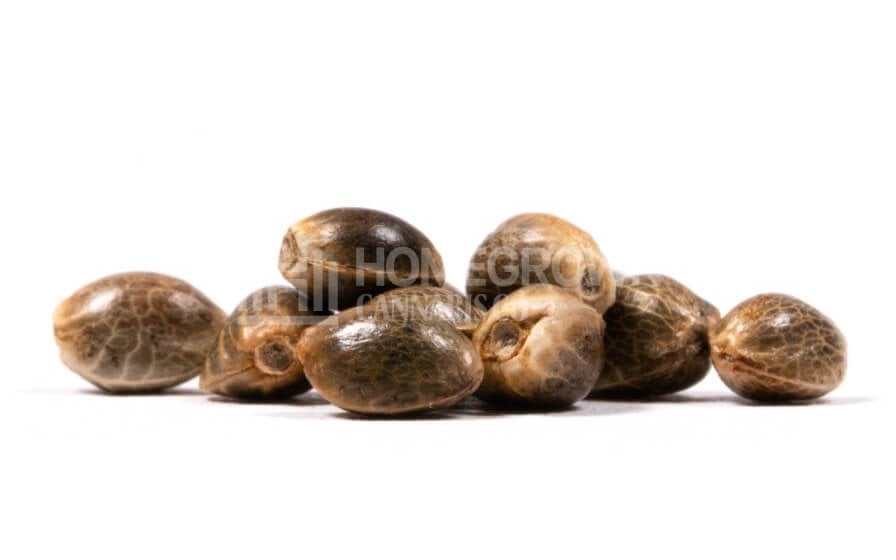
FAQs
These commonly-asked questions can help you learn more about photoperiod vs. autoflower strains:
Do autoflowering plants produce autoflowering seeds?
Yes, you can get your auto crops to produce autoflower seeds by allowing a male plant to pollinate a female.
How long do autoflowers flower for?
Generally, the process takes about five weeks. The plants start producing flowers around week five, and the buds are usually ready for collection by week ten.
How to tell if your plant is autoflower?
Here’s how to tell if your plant is an autoflower:
- Check the label when you buy the seeds.
- Look at the size of your crop. If it’s only between 1–2 feet after a month, it’s likely an autoflowering plant because photoperiods are bigger.
- Notice its growth speed. Autoflower cannabis begins to flower after 4–5 weeks, and you get a harvest within 2–3 months.
How long do autoflower plants take to grow?
Their growth cycle takes about two to three months from germination to harvest. They begin flowering automatically after 4–5 weeks because they don’t rely on light schedules.
How much do autoflowering plants yield?
How much yield can you get from autoflower strains? On average, you can collect 16–20 oz./m2 of buds if you cultivate indoors. Outdoor crops may only give you 3 oz. per plant. As the growth period is shorter, multiple harvests can offer you more nugs than cultivating photoperiods. You can improve bud production by using the right seeds and training techniques.
Are autoflowering seeds worth it?
Yes, because you can cultivate them any time of the year as they’re not dependent on light changes to start flowering. As breeders create strains with higher THC, you get healthy, potent plants that produce smokable buds multiple times a year.

Which should you choose?
The decision to choose between autoflower vs. photoperiod cannabis strains depends on your cultivation goals, as both options offer unique benefits. Growers who want bumper yields but can only manage one harvest should choose photoperiods.
If you want a cultivation experience that demands little effort and produces multiple yearly yields, then autoflower cannabis is the way to go. Germinate your seeds well and leave the rest to nature. Some TLC will suffice, but it’s not mandatory.
We strongly recommend you start with quality seeds to ensure you get healthy plants and a bumper yield. If you’re looking for autoflower cannabis seeds of your favorite strain, check out our extensive seed collection.
Don’t forget to subscribe to our newsletter for more growing tips and marijuana news!
About the author: Derek LaRose
Also known as Kronic from The Cannabis Kronicles, Derek LaRose is a young ambitious cultivator and a staple educator for indoor cultivation.
